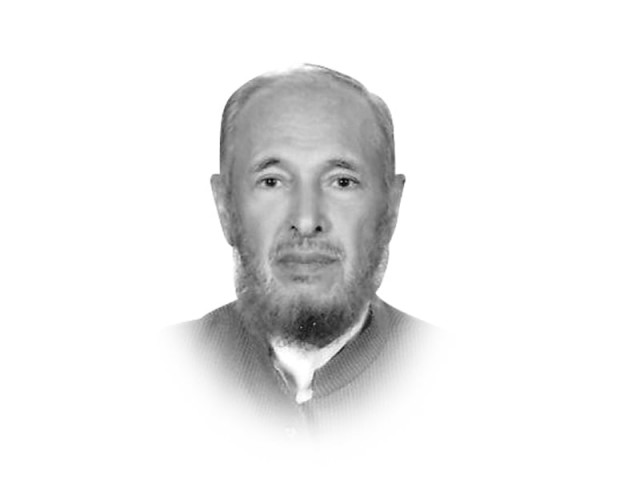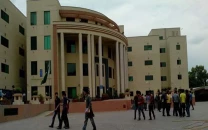Flawed assumptions about a hasty withdrawal
The Afghans are desperate for peace as unemployment has surged over 50% and violence is increasing

There is a perception that any ‘hasty’ exit of foreign forces from Afghanistan would generate chaos and the country might plunge into a civil war. This belief is prompted by the understanding that once foreign forces leave, the Taliban would march on Kabul. It’s presumed the Taliban advance would entail opposition from forces hostile to the group causing another conflict amongst the many contenders for supremacy in the country.
There is another not-so-visible rationale for such an opinion. Pakistan’s leaders, long accused of supporting militant groups inside Afghanistan, according to this view, want to turn the page and appear concerned with any infighting in the country that could jeopardise peace and stability. This would earn them more ‘credibility’ and American support.
The view of hasty withdrawal is based on erroneous and preposterous assumptions. It also ignores the dynamics of the country’s current conflict.
No quick withdrawal of foreign forces is in the offing. The February 29 agreement lays down the time frame for foreign forces to depart. The current 8,000 US forces will be down to 4,000 by November and withdrawal will be complete by May 2021. By no means is this a hasty exit. There are more than 250,000 Afghan army and police in the country. How can a small force scattered across the country play a significant role in the presence of more than 250,000 Afghan forces? The Afghan forces are bearing the brunt of the fighting. The coalition forces are not involved in any combat operations anymore.
But there is another dimension to this narrative. What are the causes of this destructive and unnecessary conflict in Afghanistan? From every angle, the inevitable conclusion is that the presence of foreign forces has produced this conflict. The presence of occupational forces has created and sustained this endless war with no goal.
The most fundamental demand of the resistance and people has been withdrawal of foreign forces. The Taliban-US agreement lays down a mechanism for prisoner release and withdrawal that is being implemented, albeit slowly. Now creating an alarm and spreading fear and suspicions about ‘a quick withdrawal’ would either reveal lack of understanding of the conflict’s causes or be intended to win a superpower’s sympathy and enhance credentials as peacemaker.
This situation is not comparable to 1989 when the USSR withdrew its forces and the Najibullah regime fell in March 1992. A factional fighting started, culminating in Taliban taking control of most of the country in September 1996. In 1992, there were armed groups headed by ethnic, political leaders or warlords.
There are no warlords now. Former political groups are no longer functioning. There are no private armies, just government forces fighting against the Taliban. There are other militant groups like IS or Turkistan Islamic Movement which are engaged in brutal attacks on civilians and government forces. But they have no support of the people. The erstwhile political groups have vanished — like Mahaz Milli, Harkat Inqilab-i-Islami, Jamiat-i- Islami, Hizbe Islami. Who would then confront the Taliban other than the government’s military?
Moreover, Taliban announced a general amnesty for opponents and political rivals. They have declared the future government would be inclusive and multi-ethnic as they know that to meet a formidable challenge of rebuilding the country they would have to interact with the international community. Above all, the future contours of governance are being discussed between the Taliban and Kabul. The long awaited-dialogue is underway. It won’t be wise to spin the ongoing parleys by speaking of ‘early’ withdrawal being ‘dangerous’. Such pronouncements would cause further suspicions for the Taliban leadership.
The Afghans are desperate for peace as unemployment has surged over 50% and violence is increasing. Thousands have died after the US-Taliban agreement. They should work out the government system they would like to live under. That principle is repeated ad nauseam, but seldom respected. There is rhetoric based on incorrect assumptions and there are objective realities. These realities must be borne in mind before making hasty conclusions about a complex politico-military conflict.















COMMENTS
Comments are moderated and generally will be posted if they are on-topic and not abusive.
For more information, please see our Comments FAQ